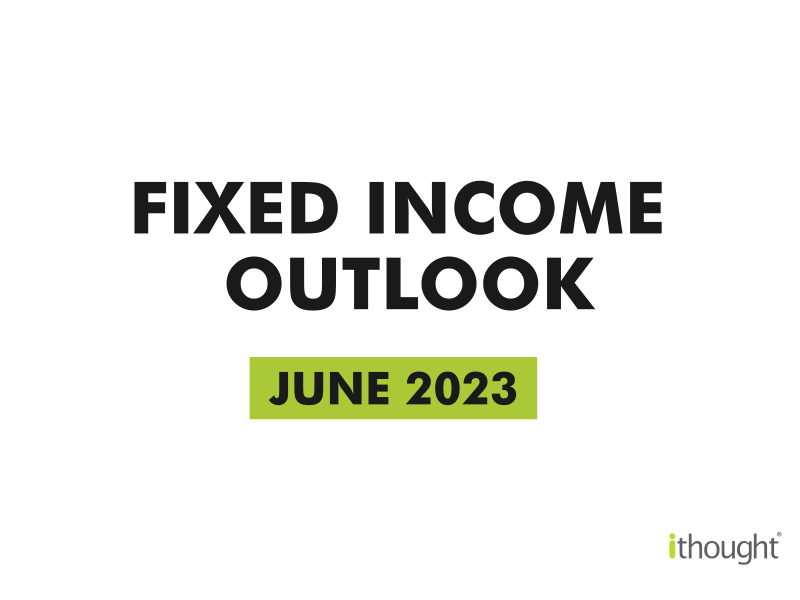
Every month, we study what’s happening in fixed-income markets. June is a month of monetary policy announcements. This time we decode the Reserve Bank of India’s monetary policy. Want to know what’s happening with the US Federal Reserve? Register for this month’s webinar. Today, we dive into the merits of investing in fixed income in 2023.
RBI Monetary Policy June 2023: Preparing For A Rainy Day
“Uncertainty is the defining characteristic of the monetary policy landscape.” – Alan Greenspan
This month’s monetary policy announcements shed light on how the RBI perceives risks. Read the policy summary here. Inflation has sequentially declined and is within the policy corridor. Growth turned out to be higher than expected. Bank balance sheets are clean. So, what’s holding the RBI back from settling into a more accommodative policy?
Uncertainty. Things look great today, but there are too many moving parts. No one knows which thread will unravel when. Geopolitical tensions, price pressures, and financial markets can play spoilsport. The governor labelled the return to a normal level of inflation as “long and arduous”. Markets shouldn’t take inflation prints for granted: they could rise without warning. El Nino predictions could threaten progress. The RBI does not want to be caught off guard. Instead, they’re waiting for a rainy day and keeping all options open.
Advantages of Fixed Income Investing
Fixed-income investing is cyclical. At higher interest rates, the risk-reward in fixed income is attractive. At lower interest rates, returns are unfavourable. So, investors leave the safety of fixed income in search of better returns. In the last year or so, we’ve moved from the lowest levels of interest rates into more neutral territory. Are we at the peak of the cycle?
Even the RBI isn’t sure: the monetary policy stance and liquidity status run counter to each other. It is tempting to wait for the peak to get the timing right, but there are serious drawbacks to this approach.
Fixed income allocations aren’t always attractive from a return perspective. Allocating whenever the opportunity presents itself is vital. The trouble with chasing peaks is that they are identified in hindsight. Moreover, the road to normal inflation could be bumpy. Notably, financial markets respond to expectations. There is a real possibility that markets factor in the peak ahead of time. Acting now outweighs waiting.
SIP versus RD: What Works Better?
Systematic fixed-income investors must choose between SIPs and recurring deposits. SIPs in Mutual Funds allow you to defer tax, maintain liquidity, and capture market-linked returns—recurring deposits tax notional interest and lock investments in at a fixed rate.
So, what works better? Investors must be more opportunistic with product selection. In some markets, the SIP will work better. And in others, the RD will stand out. Key factors include spreads, the cost of locking in, and the assurance of returns.
Recurring deposit rates are currently between 4.5%-5.5%. Fixed income yields across the curve (3 months to 20 years) are 6.9%-7.0%. Returns in this asset class will always be range bound, so every basis point matters. Quality fixed-income funds offer a wide spread of 1.5%-2.5% over bank recurring deposits.
Takeaways
The time to invest is now. A layered portfolio allows you to respond to macroeconomic changes. One way to construct portfolio layers is through systematic investments. Another involves responding to changes in the yield curve.